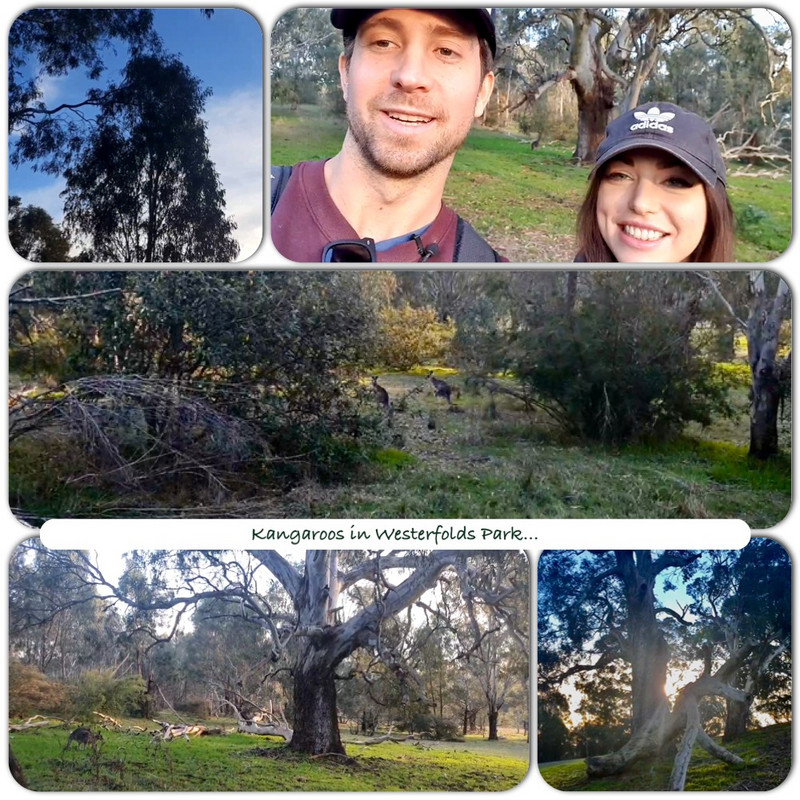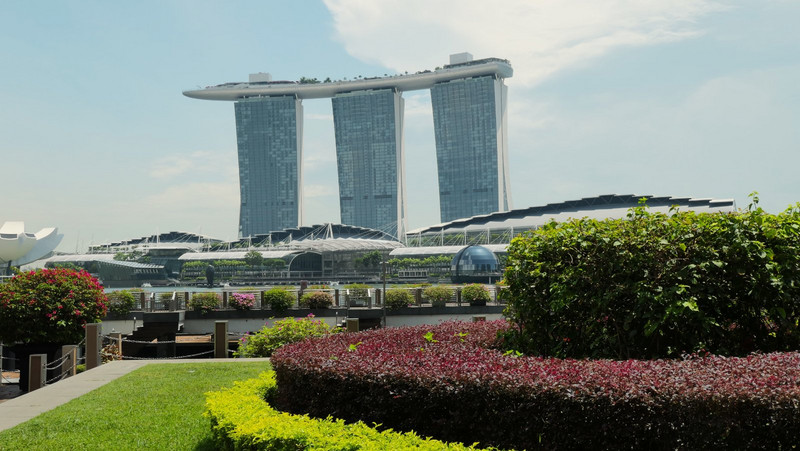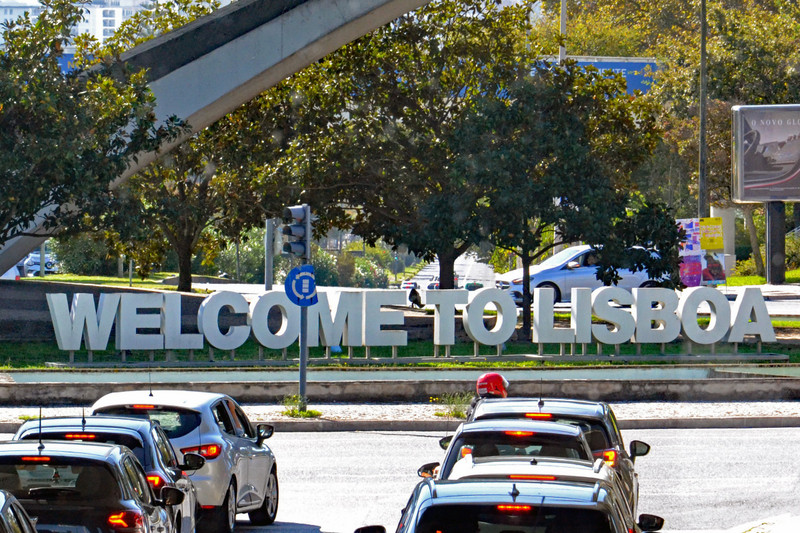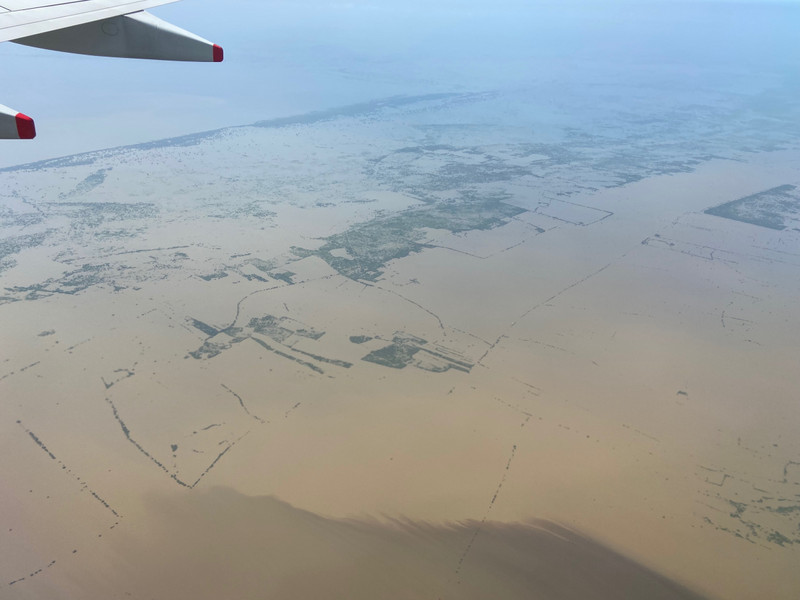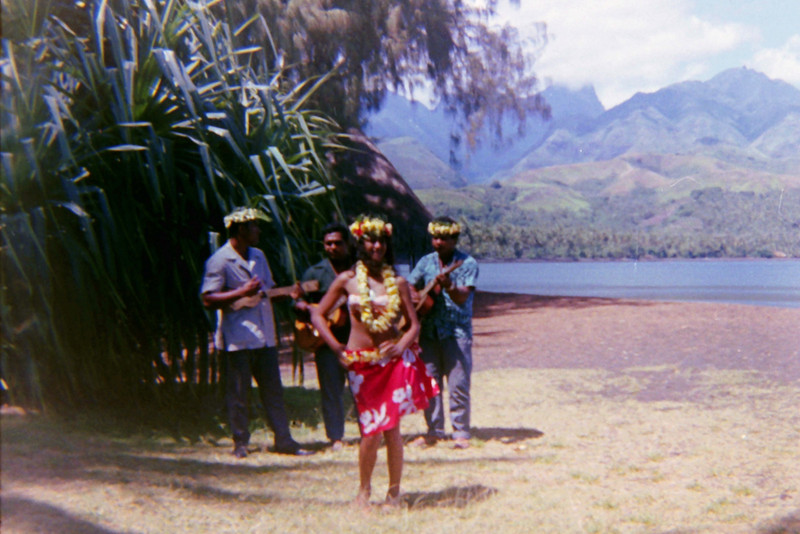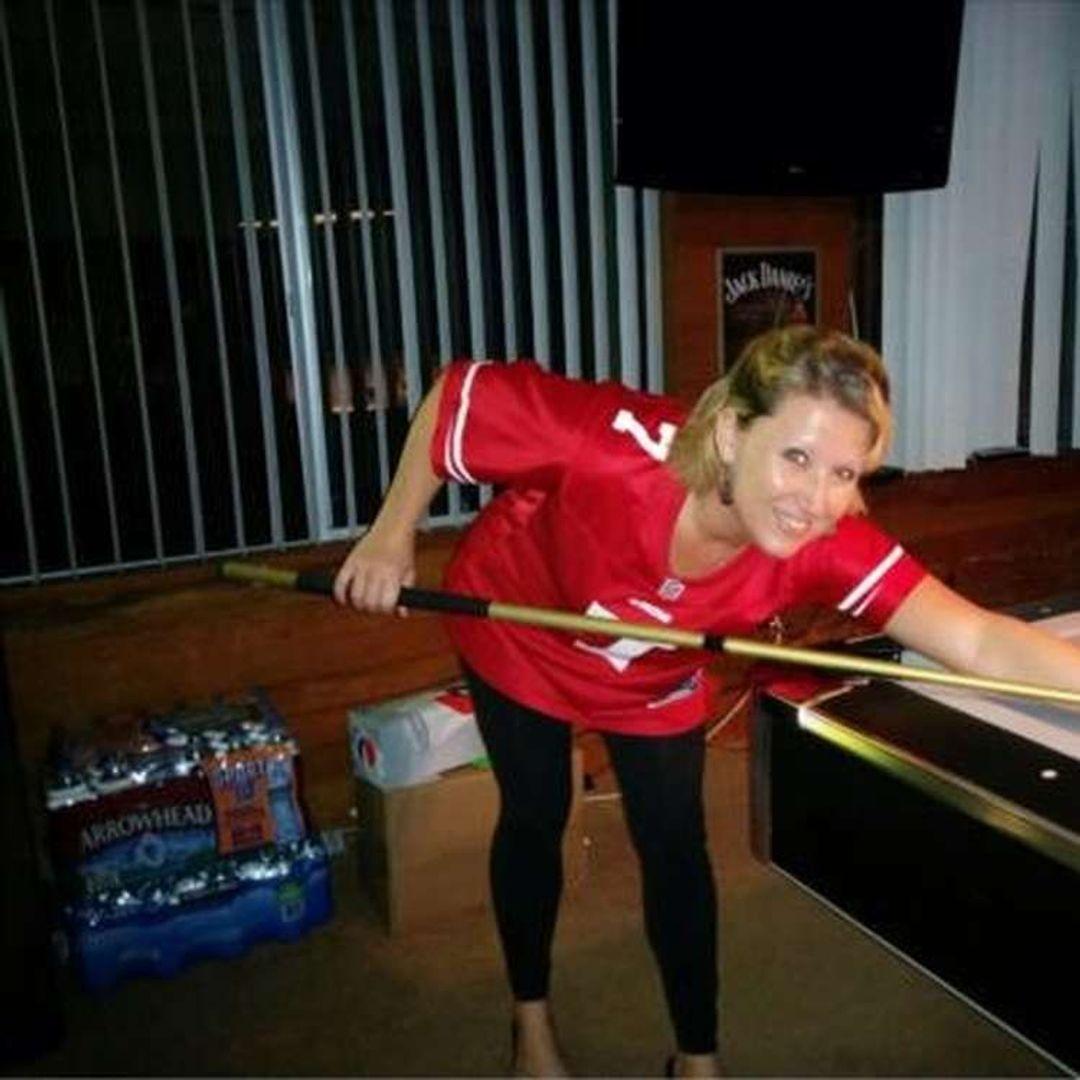Alex our heygo guide had brought his girlfriend along today, it was nice to meet her, they make a lovely couple and a great team as we hunted the kangaroos in this beautiful area.
Westerfolds is classified as a metropolitan park and conserves habitat within the Melbourne urban environment. The park nestles into a hilly bend in the Yarra River.
In 1846 the land was purchased from the Crown. In the early 1930s, the Turner family bought the property. After World War II many of the dairy farms and orchards in the surrounding area were subdivided for urban development. Because of flooding in the Yarra River, Westerfolds was not subdivided and was eventually added to the Yarra Valley Parklands in 1977. Melbourne Parks and Waterways took over the management and conservation of Westerfolds Park in 1978.
It wasnt long before we saw several kangaroos grazing and then hopping off in their very special way.
What do if with a kangaroo ! Just get away from it as fast as you can. Thats the advice from a wildlife expert to anyone with a kangaroo. You need to crouch down low and back away, get away, and get a bush or a tree between you and the kangaroo.
There are four different kangaroo species: the red kangaroo, eastern grey kangaroo, western grey kangaroo and antilopine kangaroo. The largest is the red kangaroo.
Newborn joeys are tiny, measuring just 2.5 centimetres, or about the size of a jelly bean. After birth, joeys travel unassisted through their mothers thick fur to and safety of the pouch. A newborn cant suckle or swallow, so the kangaroo mum uses her muscles to pump milk
down its throat. At around 4 months, the youngster emerges from the pouch for short trips, and at ten months, its mature enough to leave the pouch for good.
The lifespan of kangaroos averages at six years in the wild to in excess of 20 years in captivity, varying by the species. Most individuals, however, do not reach maturity in the wild.
When moving around smaller areas at a slower pace, kangaroos often incorporate their tail as a fifth leg. It may look awkward, but research on red kangaroos shows their big, muscular tails can provide as much propulsive force as their front and back legs combined.
When a kangaroo needs to move more than about 15 feet (5 meters), however, it usually skips the tail and starts hopping.
A female kangaroo can pregnant again while a joey is still in her pouch, in which case the younger joey enters a dormant state until the pouch is vacant.
Once the older sibling leaves her pouch, the mothers body sends hormonal signals to resume the younger joeys development.
predator, it often flees toward water. This can just be an escape strategy, since kangaroos are surprisingly good swimmers but in some cases the prey might be leading its pursuer into a trap. Once a kangaroo is in the water, it will sometimes turn around and confront the predator, grabbing it and attempt to drown it.
Joeys poop and pee into the pouch and that means mother kangaroo has to clean the pouch regularly. The mother also cleans the pouch the day the new joey is born. Joeys not only poop and pee into the pouch but when they get older they bring in the dirt when they move in and out of the pouch.
A female kangaroo cleans her pouch by licking it out. She puts her long snout into the pouch and simply licks it out. A female kangaroo can easily clean around a joey which is still attached to a teat in the pouch.
